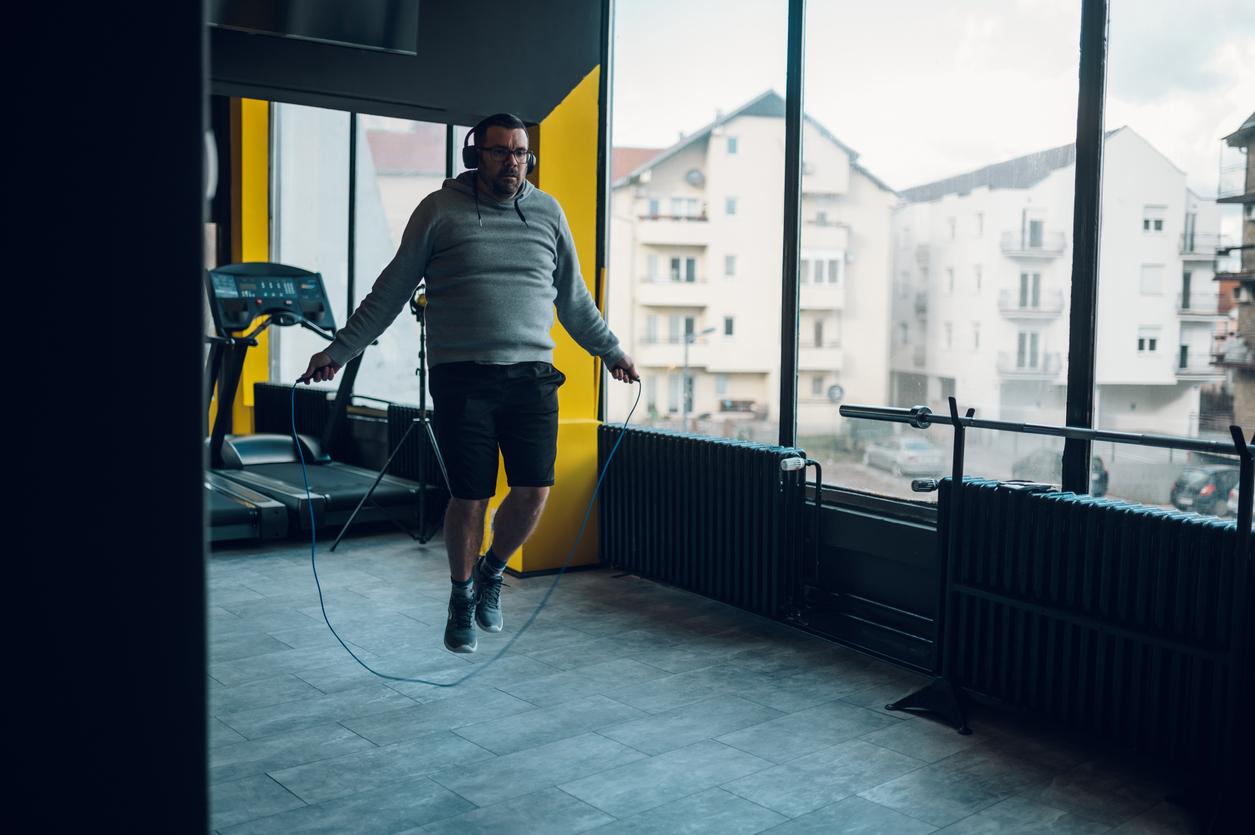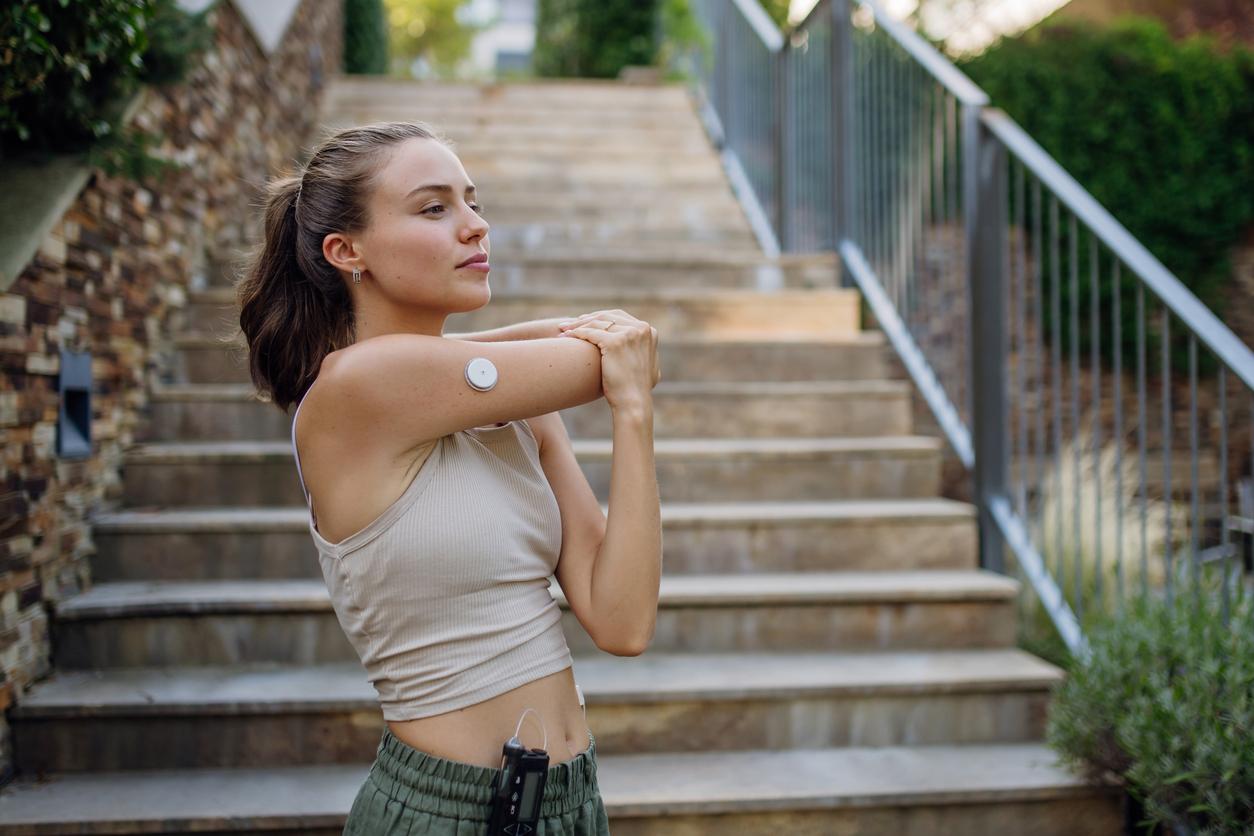To be healthy in adolescence and adulthood, it is essential to practice physical activities and limit sedentary time in front of screens. However, an expert report which has just been published by the National Health Security Agency (Anses) shows that two thirds of 11-17 year olds present a worrying, even very high, health risk, because the lack of physical activity is accompanied by an increase in sedentary lifestyle, i.e. time spent sitting or lying in front of a leisure screen.
What is the difference between physical inactivity and a sedentary lifestyle?
As recalled by ANSES, which alert the public authorities on these two health risks for adolescents:
- Physical inactivity : time spent sitting or lying in front of a leisure screen (television, computer, video game, etc.), outside school time. When it exceeds 2 hours a day, this “screen time” can pose a health risk.
- physical inactivity : when physical activity is less than 60 minutes per day, including sport practiced during school time, young people are considered insufficiently active.
“Levels of high sedentary lifestyle, i.e. long periods spent on screens, are most often associated with risks of overweight and obesity in childrenbut also to eating disorders as well as to a altered quality of sleep and life” emphasizes ANSES..
An even higher risk among 15-17 year olds
According to ANSES’s expertise on the health of adolescents aged 11 to 17:
- 66% present a worrying health risk, characterized by the simultaneous exceeding of the two health thresholds: more than 2 hours of screen time and less than 60 minutes of physical activity per day.
- 49% present a very high health risk, characterized by more than 4.5 hours of daily screen time and/or less than 20 minutes of physical activity per day. Of these, 17% are even particularly exposed, combining very high levels of sedentary lifestyle (more than 4.5 hours of screen time per day) and physical inactivity (less than 20 minutes per day).
- The level of sedentariness is higher even among the oldest adolescents (15-17 years) and among young people from the least privileged backgrounds.
As these risks are heightened by the periods of confinement due to Covid-19, ANSES alerts the public authorities, asking them to “take measures to fight against a sedentary lifestyle among young people, and in particular towards the oldest adolescents (15-17 years old) and those whose social level is the lowest”, as part of the National Health Nutrition Plan (PNNS).
8 out of 10 teenagers in the world no longer move enough
One year ago, the world health organization (WHO) was already sounding the alarm by saying that more than 80% of adolescents aged 11 to 17 worldwide are not active enough and are putting their health at risk by spending too many hours in front of screens, at the expense physical activity. Their figures were based on data from 1.6 million students aged 11 to 17 in 146 countries. The WHO then indicated that 85% of girls and 78% of boys do not respect the current recommendation, which is to do at least one hour of physical activity per day.
“Urgent action is needed to increase physical activity, especially to engage girls in exercise and encourage them to continue once they are on this path,” said Dr.D Regina Guthold of the WHO, one of the authors of the study. Because playing sports during adolescence improves cardiorespiratory and muscular fitness as well as the state of the bones, but it has also been shown to improve cognitive development.
Read also :
- How to calculate BMI in teenagers?
- The essential sports activity to improve concentration
- The French do not move enough
- Do you really need to take 10,000 steps a day?
















